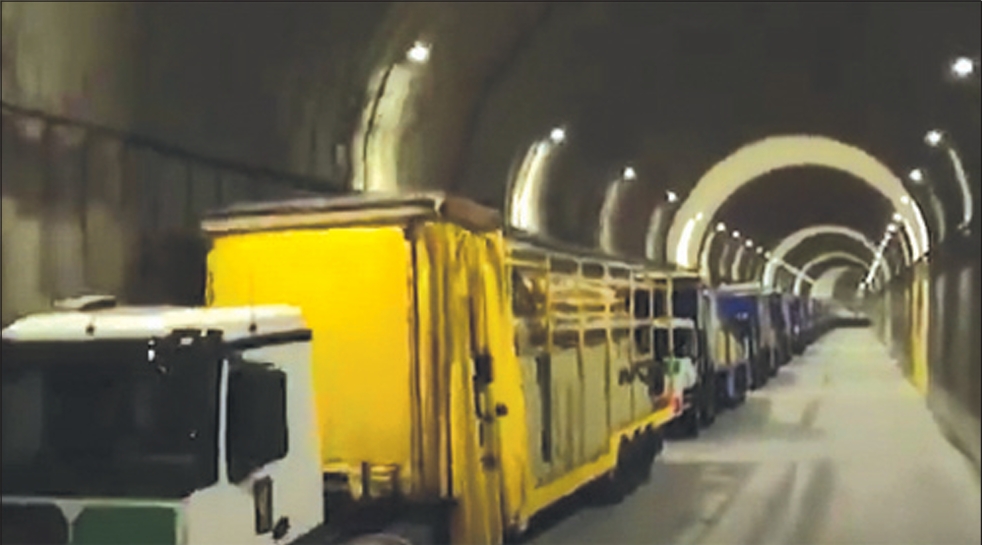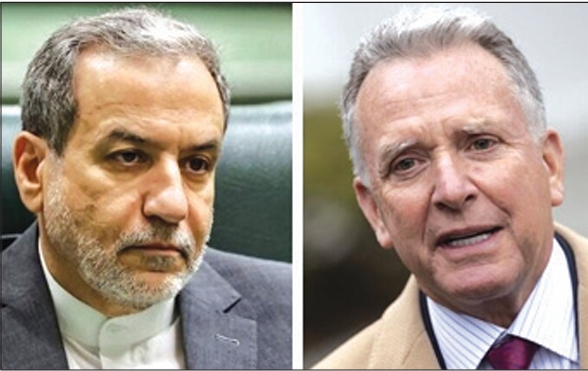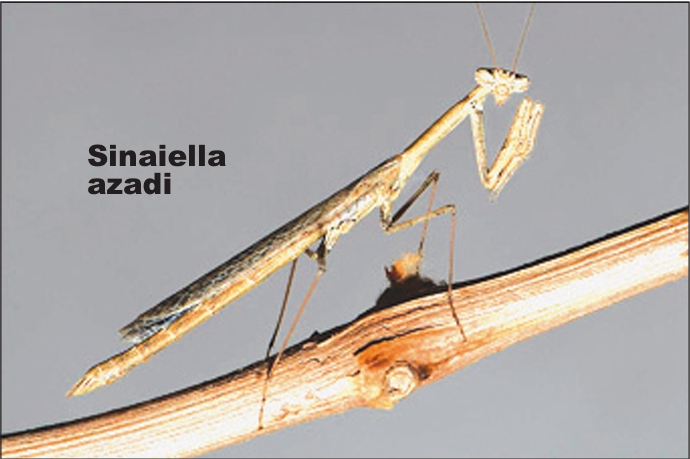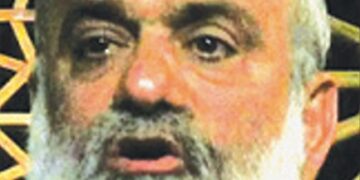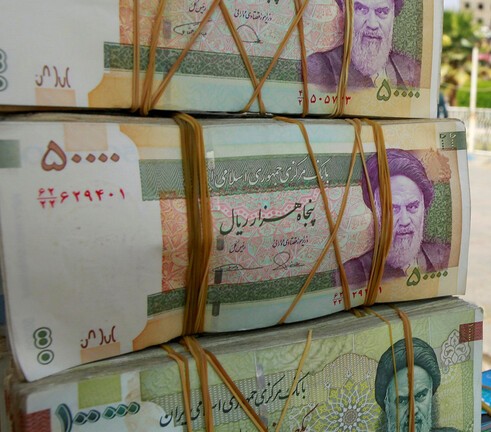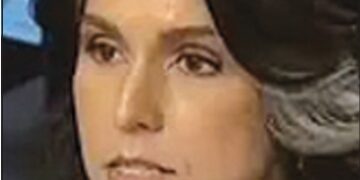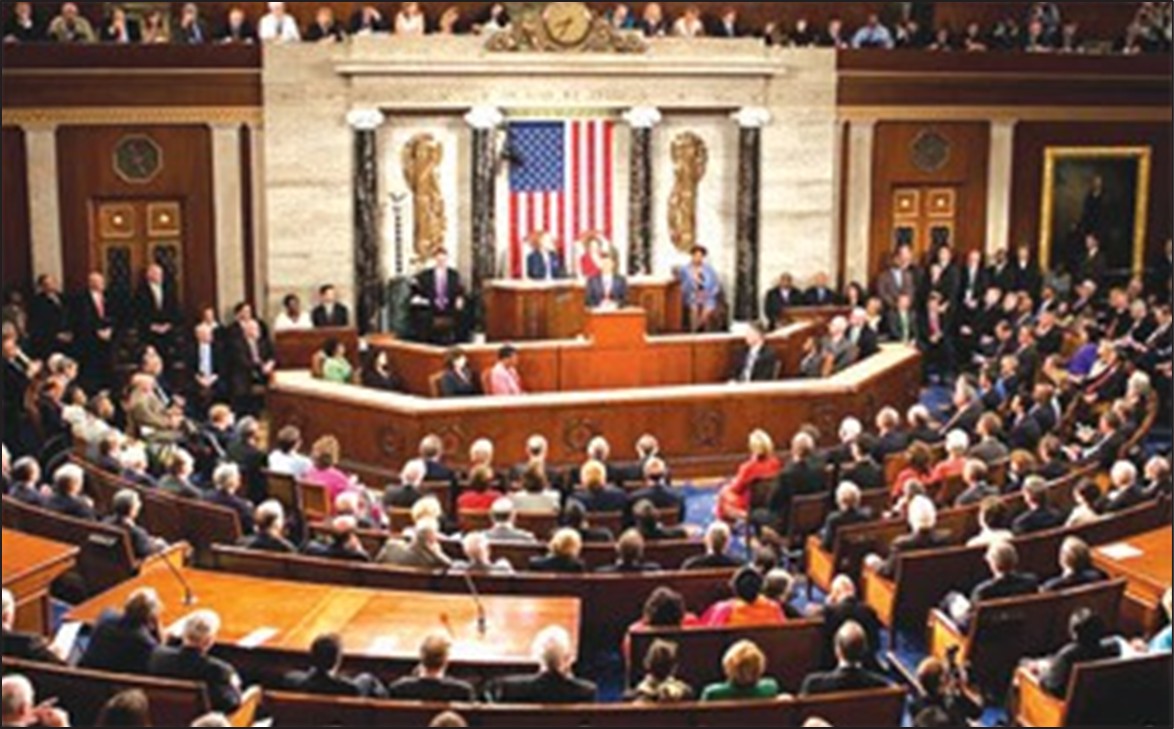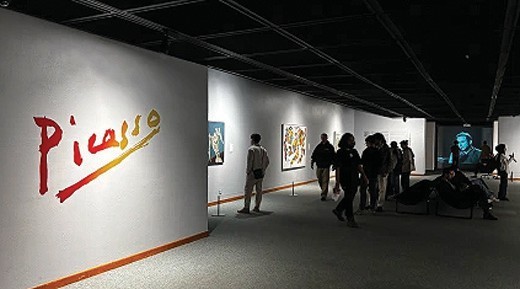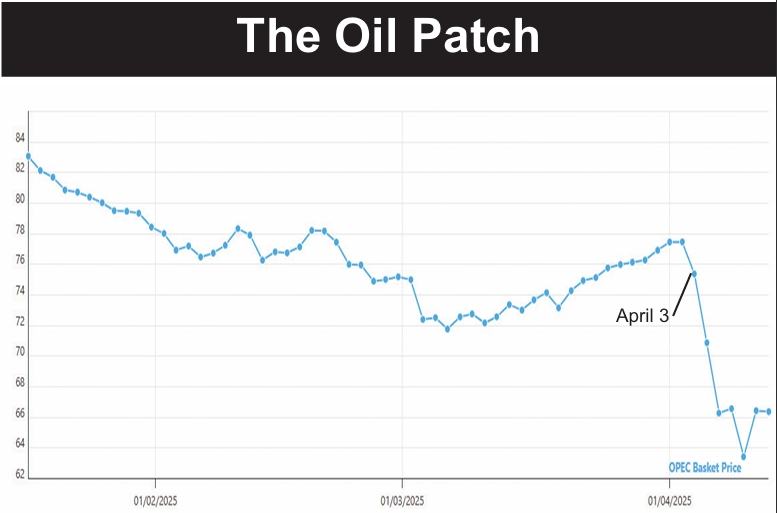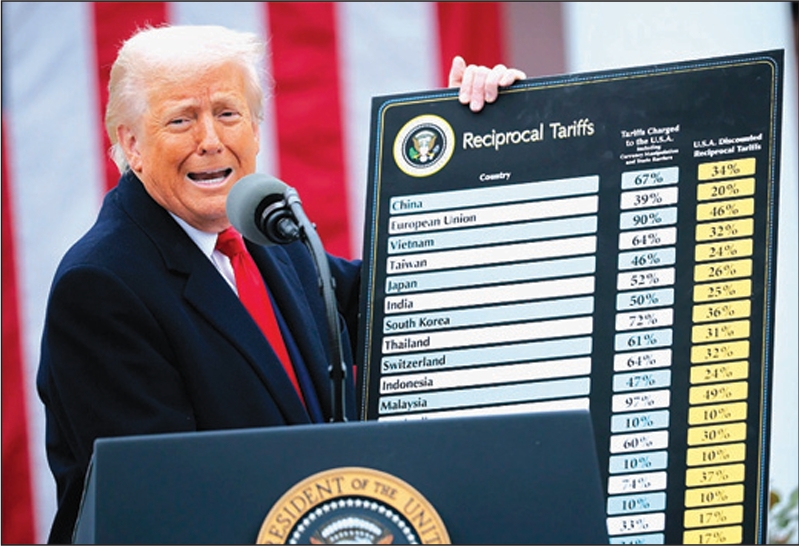The Council of Guardians announced that 3,444 or 64 percent of the 5,395 who filed applications in December had been approved at the end of a long review process.
The approvals mean there will be an average of 12 candidates contesting each of the 290 seats in the Majlis.
The campaign officially began Thursday. Until then, candidates could not put up posters or openly solicit votes.
But the campaigns must end at the close of next Wednesday. Next Thursday will be a quiet day and balloting is on Friday.
The campaign is thus a mere seven-day affair, an awfully brief time in which to get to know a veritable pack of candidates. Republicans in the United States have had months to sift through a starting group of eight presidential candidates and haven’t been able to decide yet.
The pressure is the greatest in Tehran, which has 30 Majlis seats. Every Tehrani gets 30 votes and must pick from hundreds of candidates.
This puts a premium on slates of candidates. Over the years, Tehranis have taken to deciding which endorsing group they like most and then voting for all 30 of those candidates. It has not been uncommon for the 30 winners in Tehran to all come from one slate and the next 30, all losers, to come from another slate, demonstrating the huge reliance on slates.
As the Iran Times went to print this week, endorsing groups were still issuing slates.
The betting money was that the slate of the United Front of Principleists would dominate. It is led nationally by Majlis Speaker Ali Larijani of Qom and in Tehran by Gholam-Reza Haddad-Adel, the man Larijani displaced as speaker four years ago. It is viewed as conservative and anti-Ahmadi-nejad.
Another “principleist” slate is led by Ali Motahari and is seen as very, very strongly anti-Ahmadi-nejad. A key question is how many votes he can draw away from the Larijani slate.
There will be at least one reformist slate, though not with any big names on it as most of the better-known reformists are boycotting the ballot. Another key question is whether reformist voters will a) support this slate, b) boycott the vote entirely, or c) go with the Motahari slate as the best way to cut down the Larijani vote. Motahari is making all sorts of polite comments to attract reformist voters.
A pro-Ahmadi-nejad slate is also anticipated now that the final list of approved candidates has been announced. The rumor mill has said that Ahmadi-nejad encouraged all sorts of unknown supporters of his to sign up for the election. The Council of Guardians, which had to approve every candidate, was reported scouring all the information it could find to root out those hidden Ahmadi-nejad candidates.
There will be dozens of other slates announced, many overlapping, but they are not expected at this point to have much impact. The brief campaign means voters tend to look only at a handful of slates.
The Interior Ministry announced Monday that 48,288,799 Iranians are eligible to vote. That is every citizen, male and female, aged 18 as of Election Day. That number will be used to calculate the turnout percentage, which is the only number that many in the regime care about since it used to show that the public endorses the regime.


